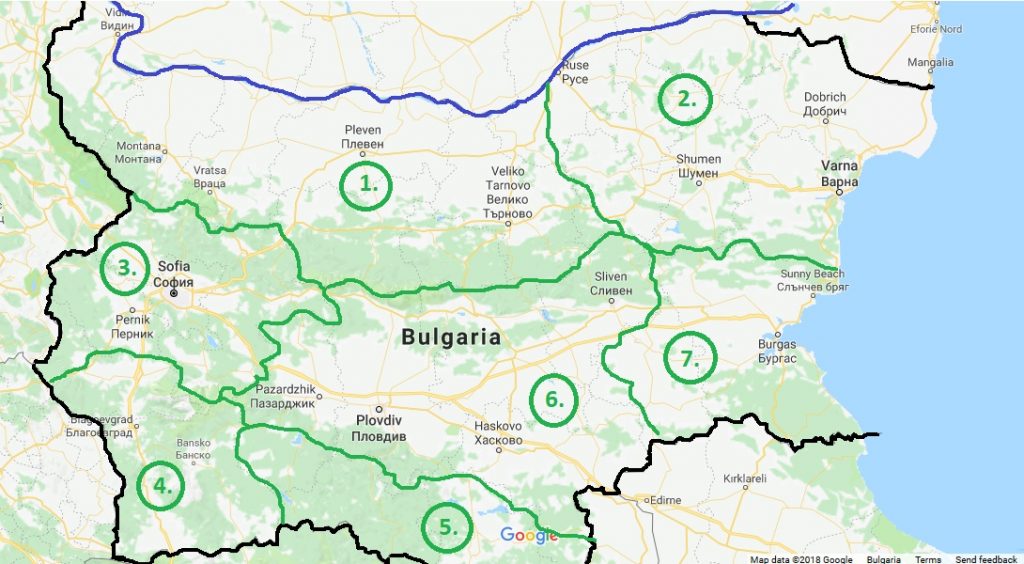

The Pirin women costume consists of a shirt (koshulya), a sara as a top coat, a red or striped woolen belt, a narrow long apron with woven floral motifs, jewellery, a headscarf, thick socks, tsarvuli (handmade traditional shoes made by leader.

The male costume is white, light, and tight and consists of a white shirt, tight white woolen trousers, jamadan (a short woolen vest), a red woolen belt, socks, tzarvuli, and a black cap.
The koshulya is a main part of the women’s clothing. It is worn directly over the body. According to popular belief, the shirt represents the girl or the bride herself. It is the girl’s double and can replace her in a number of practices. The shirt participates in healing practices. The shirt is used to treat a sick child. A special wedding shirt is prepared for the bride in the wedding ceremony, as well as for the boy, and the dead are buried with it. The shirt is taken off in the evening and the bride is dressed in another shirt. Once the “honor” falls on the shirt, they put it in a sieve and take it to the wedding guests covered with wrists and apples. Anyone who sees the basket with honor puts money.
The shirt is the main and most expensive gift for the main wedding guests. The mother-in-law and the best man donate the koshulya. The gift shirts are made unfinished and white, and the girl necessarily prepares a large number of them.
The identity between shirt and man determines that the shirt is used for malicious spells, so it is not given to other people.
The banner on it has the purpose of guarding the man. It is a sign of social belonging. The embroidery completes the preparation of the girl’s dress. Once she has made her wedding shirt, the girl is ready for her husband.
Ornamentation has its own specificity. This is one of the peculiarities that distinguish women from different villages.
Most commonly, the embroidery is located on the closed circle of the skirts, at the end of the sleeve, around the bosom and on the collar, i.e. on the open parts of the garment. Closing the edges of the garment, it “surrounds” the human space from the surrounding world. The ornamentation itself is always highlighted by an embossed edging.
